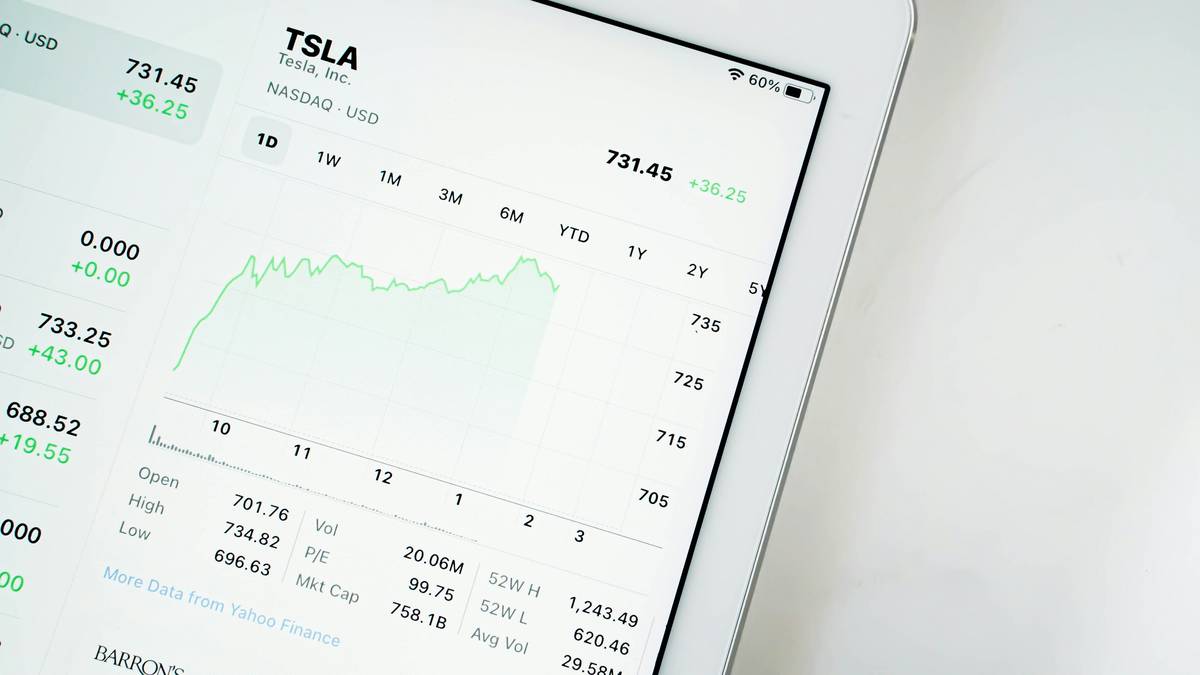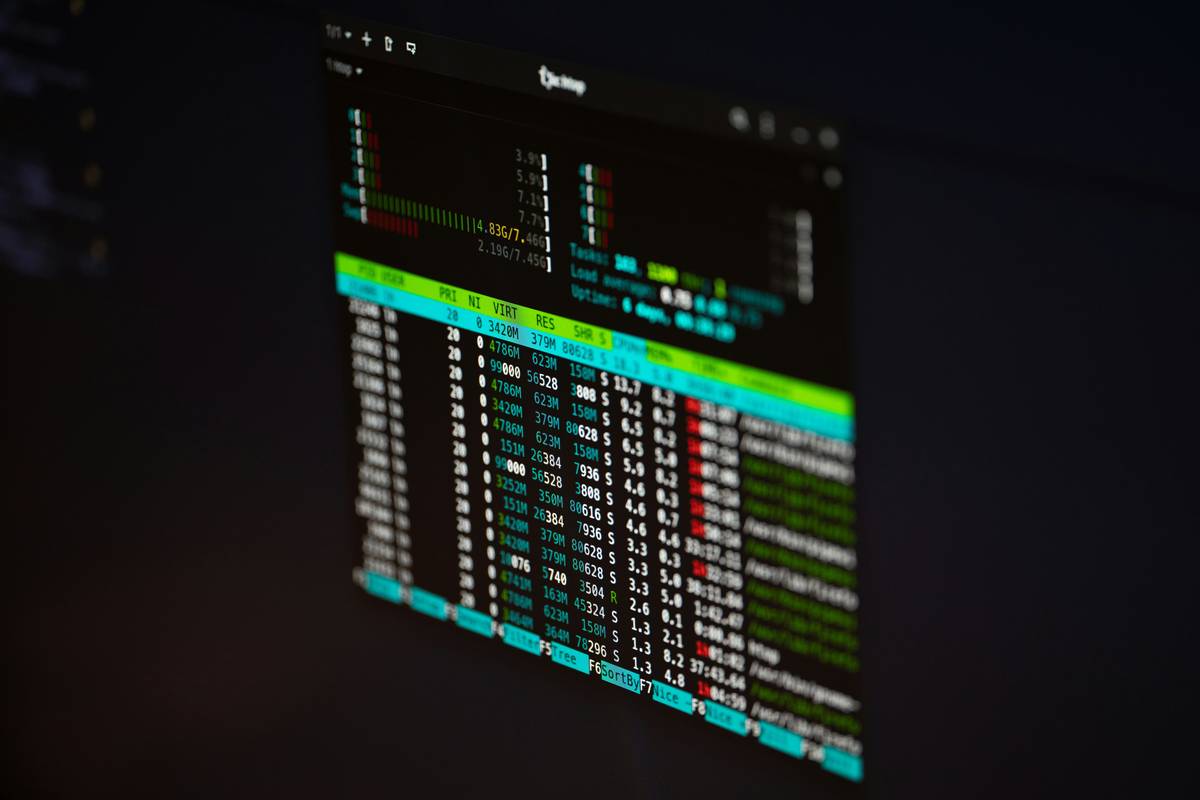“Ever stared at a spreadsheet with thousands of rows, wondering how to extract meaningful insights? Yeah, we’ve all been there.”
In today’s data-driven world, a powerful data mining app can transform chaos into clarity. Whether you’re conducting health research, tracking wellness trends, or seeking productivity hacks, these apps are your secret weapon. But with so many options out there, how do you choose the right one? Fear not—we’re diving deep into this topic to help you master data mining apps for better outcomes.
You’ll discover:
- Why leveraging a data mining app is essential for modern researchers.
- Step-by-step guidance on selecting and using the best tools.
- Tips to avoid common mistakes (yes, including that time I accidentally mined…my own emails).
- Case studies showcasing real-world success stories.
Table of Contents
- Key Takeaways
- Section 1: The Overwhelming World of Data Without a Data Mining App
- Section 2: How to Select and Use the Right Data Mining App
- Section 3: Pro Tips for Mastering Your Data Mining Workflow
- Section 4: Real-Life Success Stories with Data Mining Apps
- Section 5: FAQs About Data Mining Apps
Key Takeaways
- A robust data mining app simplifies complex analysis and boosts productivity.
- Choosing the wrong tool could waste hours—or worse, compromise research integrity.
- Best practices include cleaning datasets beforehand and visualizing results effectively.
- Real-world applications span from academic papers to personalized wellness strategies.
The Overwhelming World of Data Without a Data Mining App
Optimist You: “Data is just another language waiting to be understood!”
Grumpy You: “Yeah, but what if it’s written in Wingdings??”
Data overload is REAL. According to IBM, humans generate 2.5 quintillion bytes of data daily. For researchers focused on health and wellness, this deluge can feel paralyzing. Imagine trying to manually sift through millions of survey responses or medical records—it’s like searching for a needle in an ocean-sized haystack.
I once spent three days combing through a dataset only to realize I’d filtered out critical information by mistake. Spoiler alert: No coffee was strong enough to fix that headache.

Without a reliable data mining app, even simple tasks become Herculean efforts. That’s why having the right tool isn’t optional—it’s mandatory.
How to Select and Use the Right Data Mining App
Step 1: Define Your Goals
Before downloading anything, ask yourself: What problem am I solving? Whether you’re analyzing sleep patterns, diet habits, or productivity metrics, clarity on objectives ensures you pick the perfect app for the job.
Step 2: Evaluate Features vs. Ease of Use
Some apps boast incredible functionality but come with a steep learning curve. Others are beginner-friendly but lack depth. Here are some criteria to consider:
- Data Visualization: Does it offer easy-to-read graphs?
- Integration: Can it connect to other platforms (e.g., Google Sheets)?
- Support: Is customer service available when things go sideways?
Step 3: Test Drive Free Trials
Most tools provide free trials or demos. Use them to see whether the interface feels intuitive and the features meet your needs. Bonus tip: Write down any quirks during testing—like unintuitive button placement or slow processing times—to compare later.

Pro Tips for Mastering Your Data Mining Workflow
Tip #1: Clean Your Data First
Garbage in, garbage out. Always scrub your dataset before diving in. Remove duplicates, fill missing values, and standardize formats.
Tip #2: Don’t Overcomplicate Visualizations
Complex charts may look impressive, but simplicity wins every time. Stick to bar charts, pie graphs, or heatmaps unless advanced visuals are absolutely necessary.
[*Terrible Tip Alert!*]
“Skip documentation because who has time for manuals anyway?” Um, nope. Documentation saves you from losing hair—and sanity—when troubleshooting issues.
Real-Life Success Stories with Data Mining Apps
Example 1: A university team used a leading data mining app to analyze patient surveys, uncovering hidden correlations between exercise frequency and mental health improvements.
Result: Published findings led to new wellness programs implemented nationwide.
Example 2: A startup founder leveraged data mining to identify peak productivity hours among remote workers. By adjusting work schedules accordingly, company output increased by 20%.
Lesson learned: Numbers tell compelling stories if you know where to look.

FAQs About Data Mining Apps
Q1: Do I need programming skills to use a data mining app?
A1: Many modern apps have intuitive drag-and-drop interfaces, making coding optional. However, basic knowledge of SQL or Python won’t hurt.
Q2: Are free data mining apps worth considering?
A2: Some free versions are excellent starters, but premium plans often unlock advanced features. Weigh pros and cons based on your project scope.
Q3: Can data mining predict future trends?
A3: Yes, predictive modeling within data mining allows users to forecast outcomes based on historical patterns. Just don’t expect it to replace fortune-tellers anytime soon!
Conclusion
Navigating massive datasets doesn’t have to feel like drowning in quicksand. With the right data mining app, you can turn raw data into actionable insights that enhance both productivity and well-being. From defining goals to mastering workflows, each step brings you closer to becoming a data wizard.
So grab that cup of coffee—because let’s face it, you’ll need it—and start mining smarter, not harder. Cheers to unlocking hidden treasures in your data!
*Random Haiku Time:*
Numbers whisper truths,
Hidden gems beneath the noise—
Data speaks volumes.*


